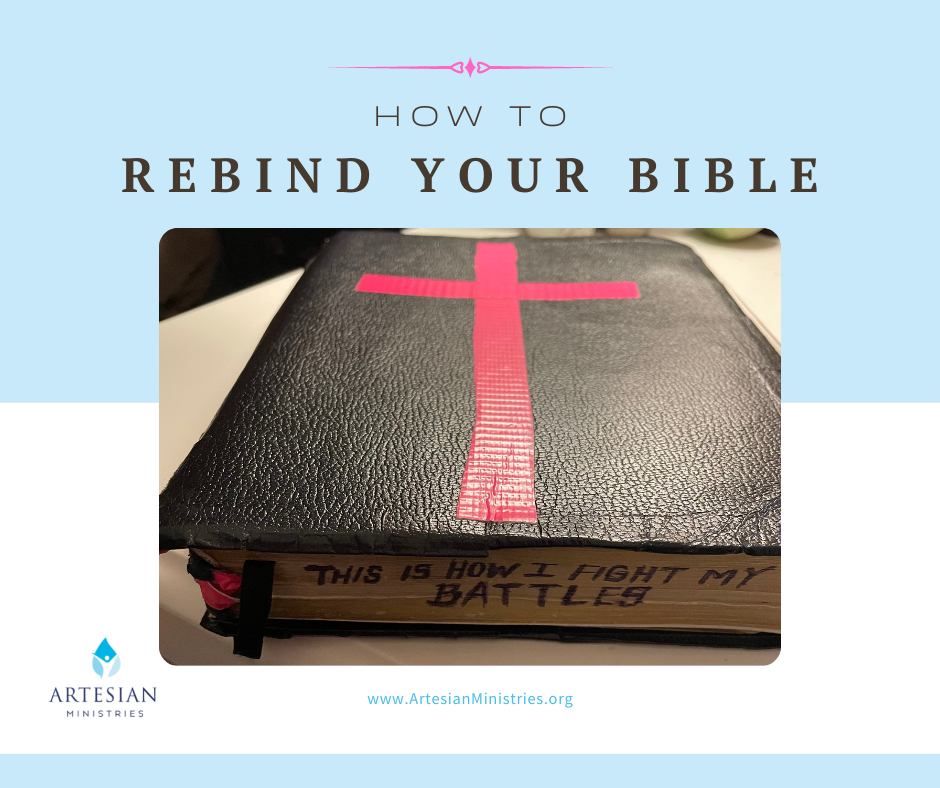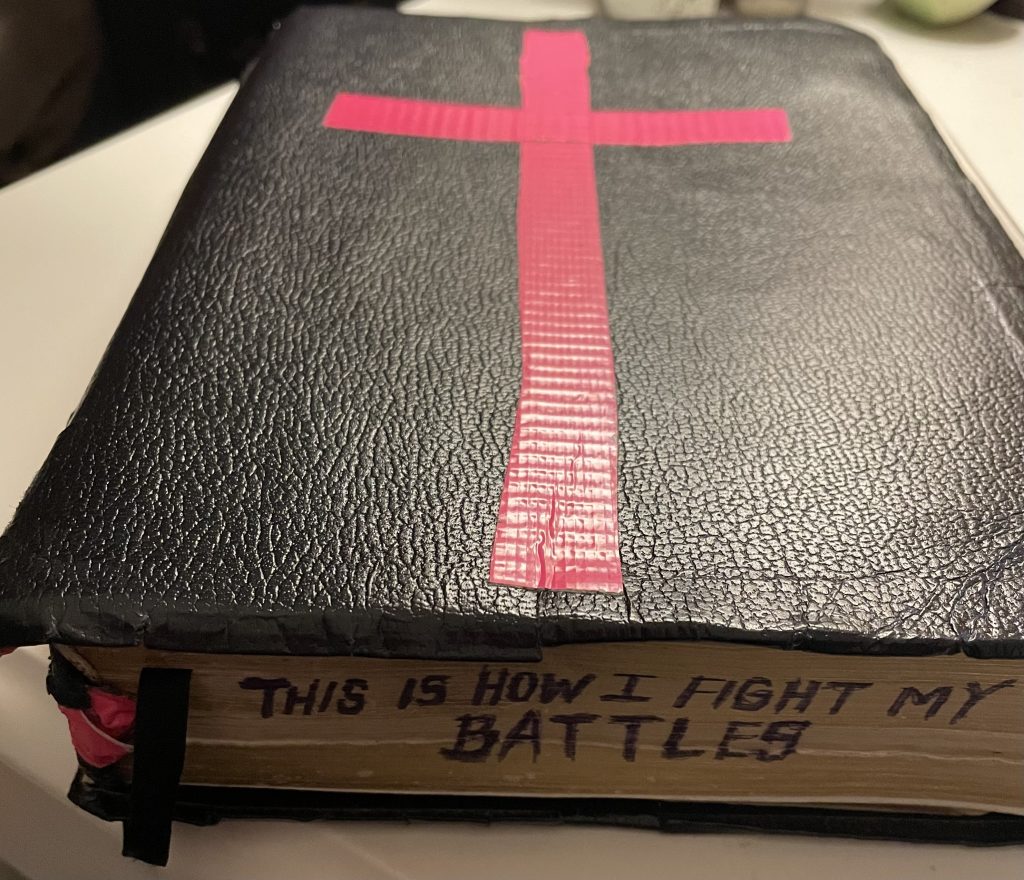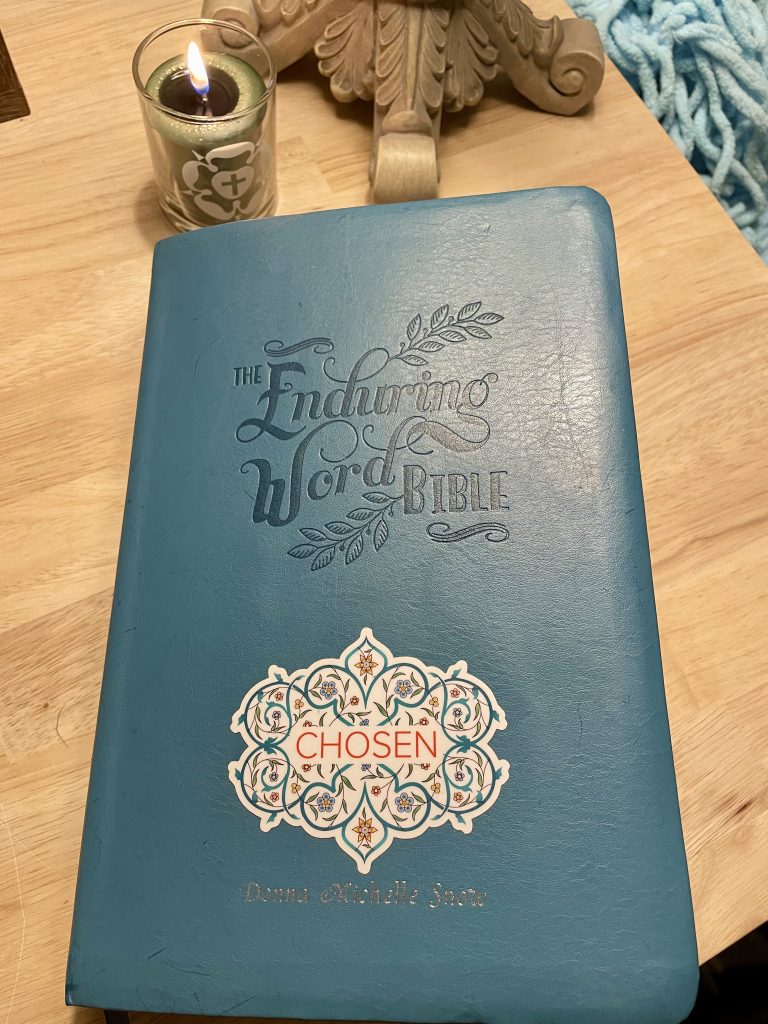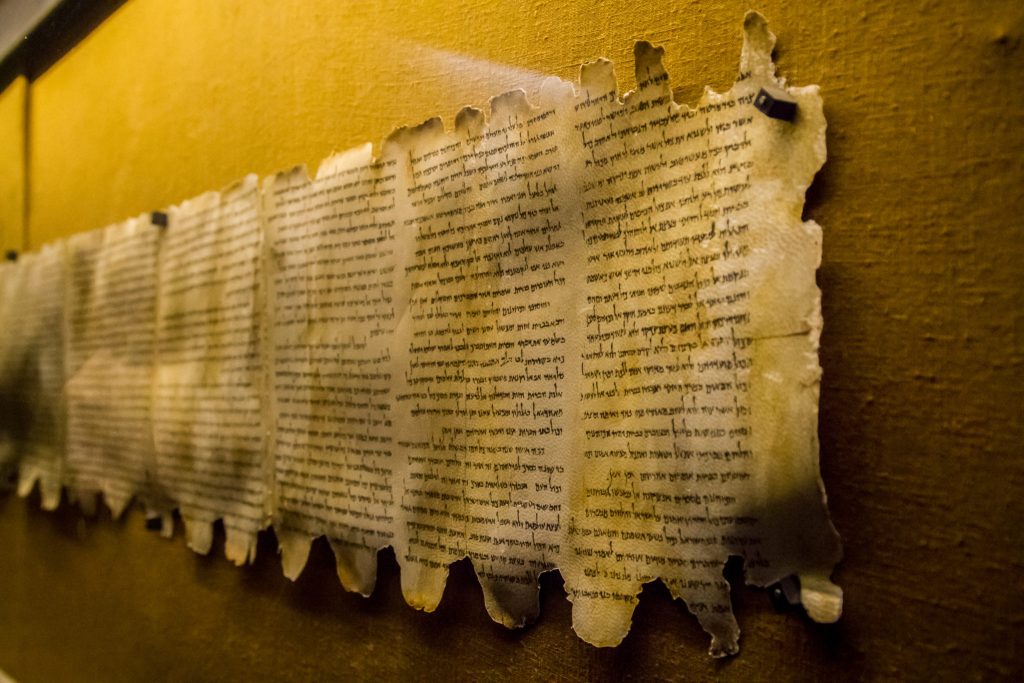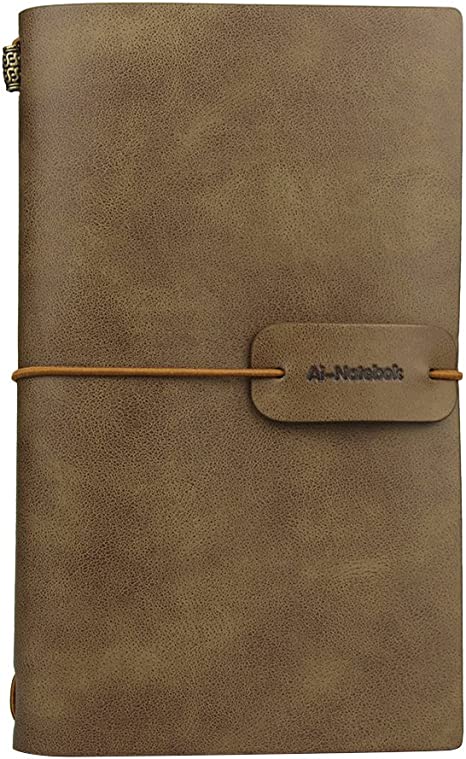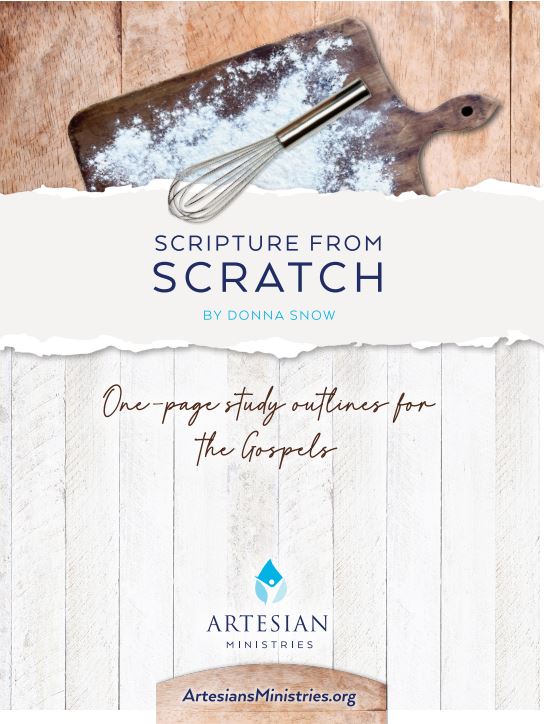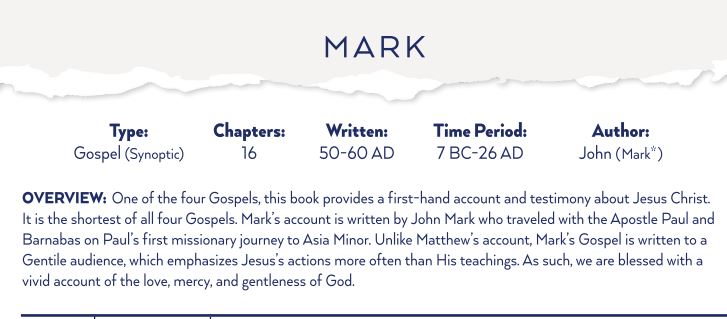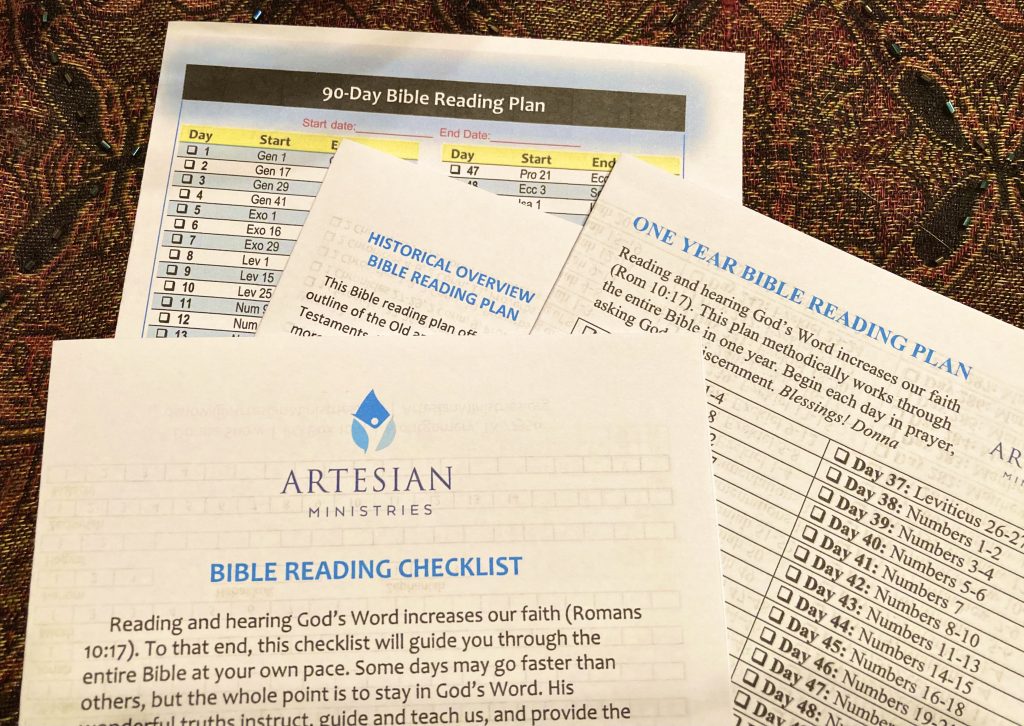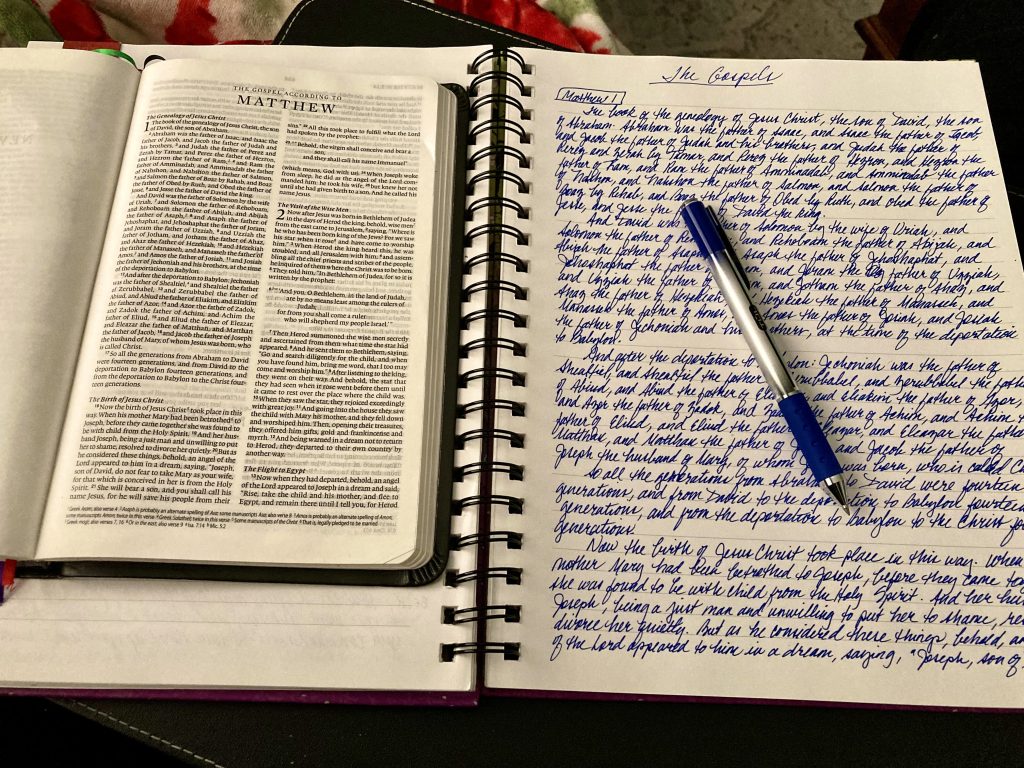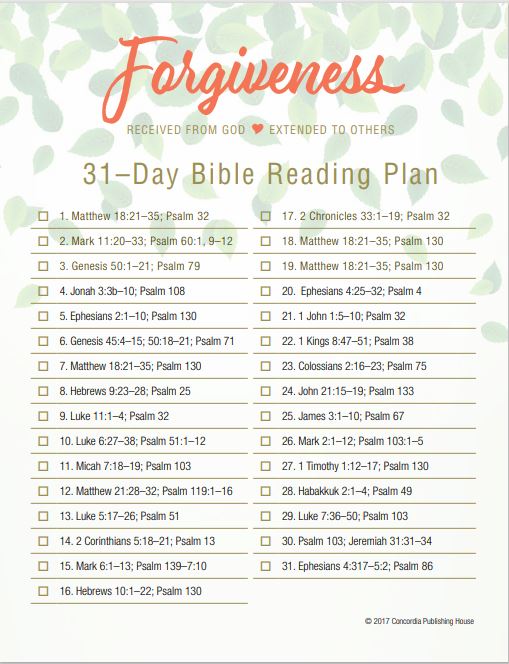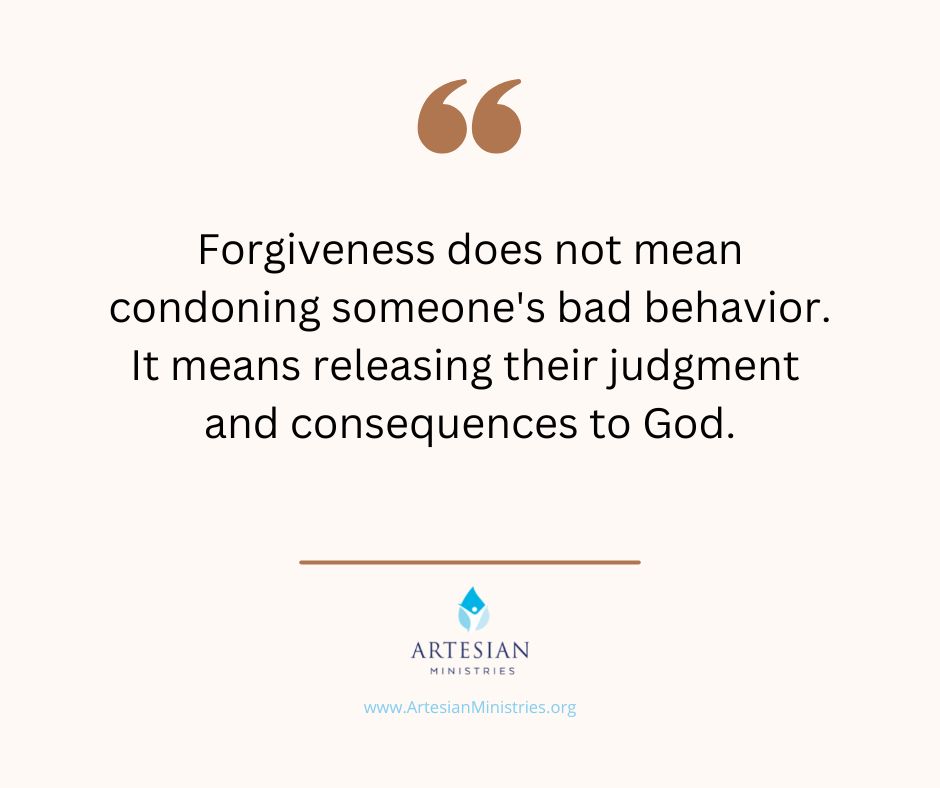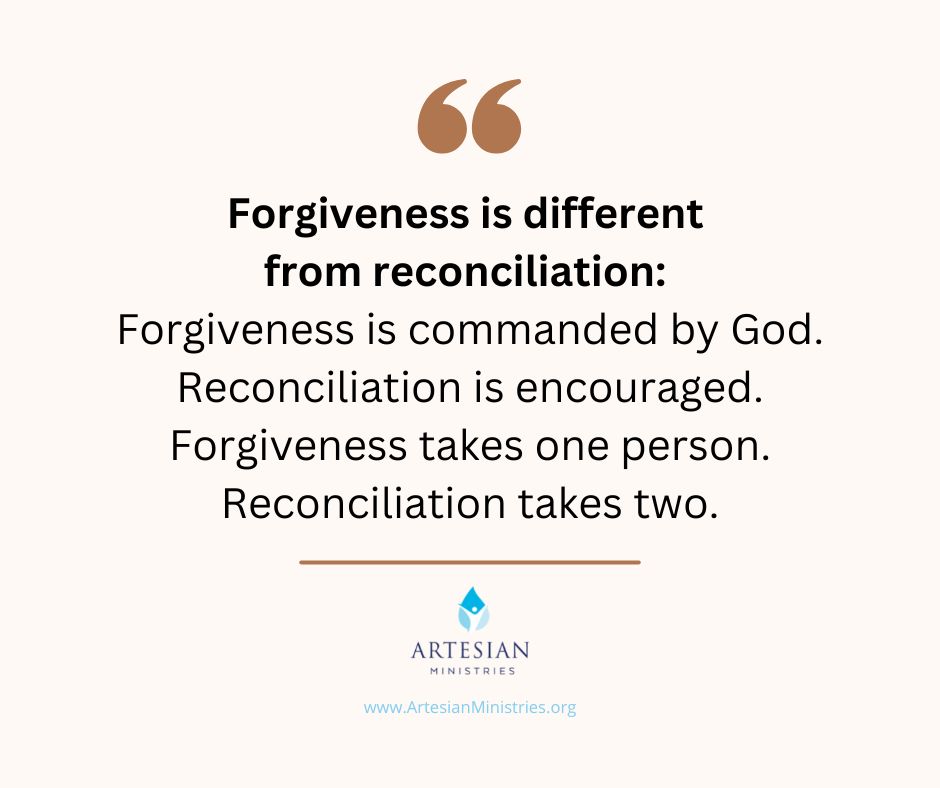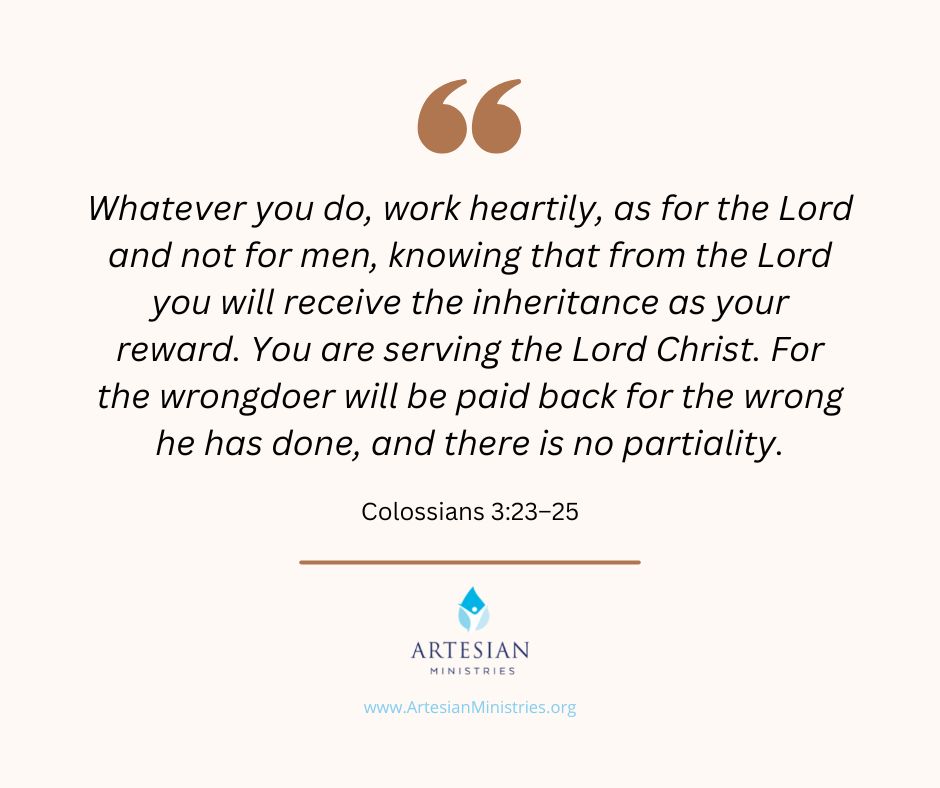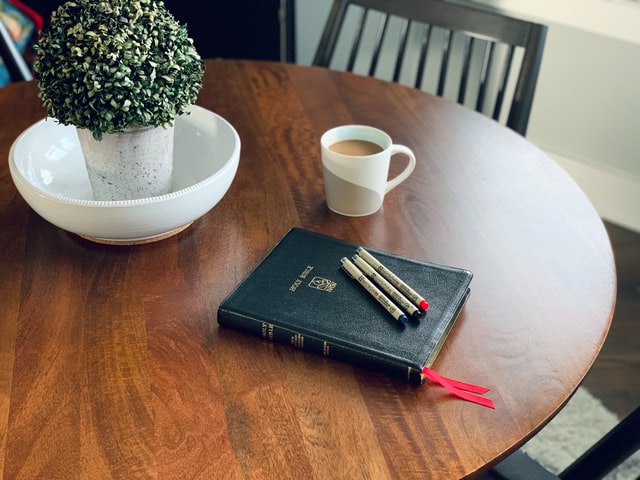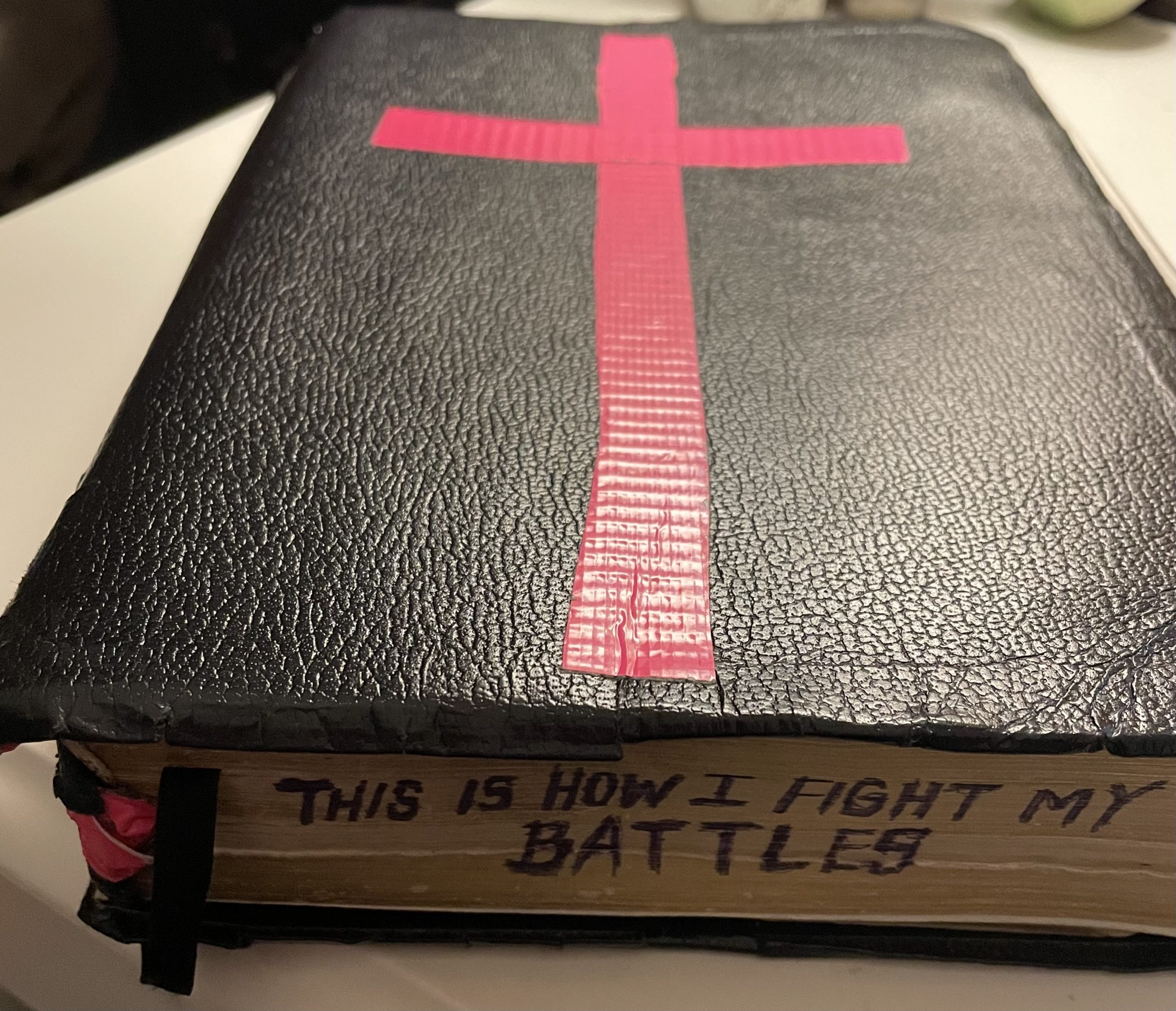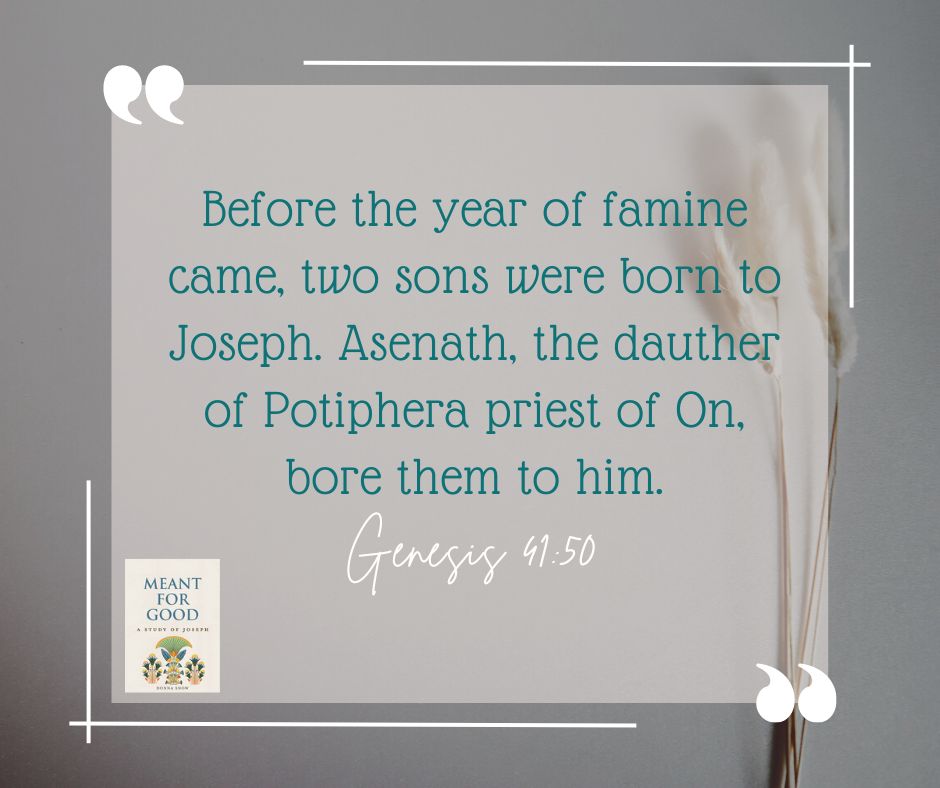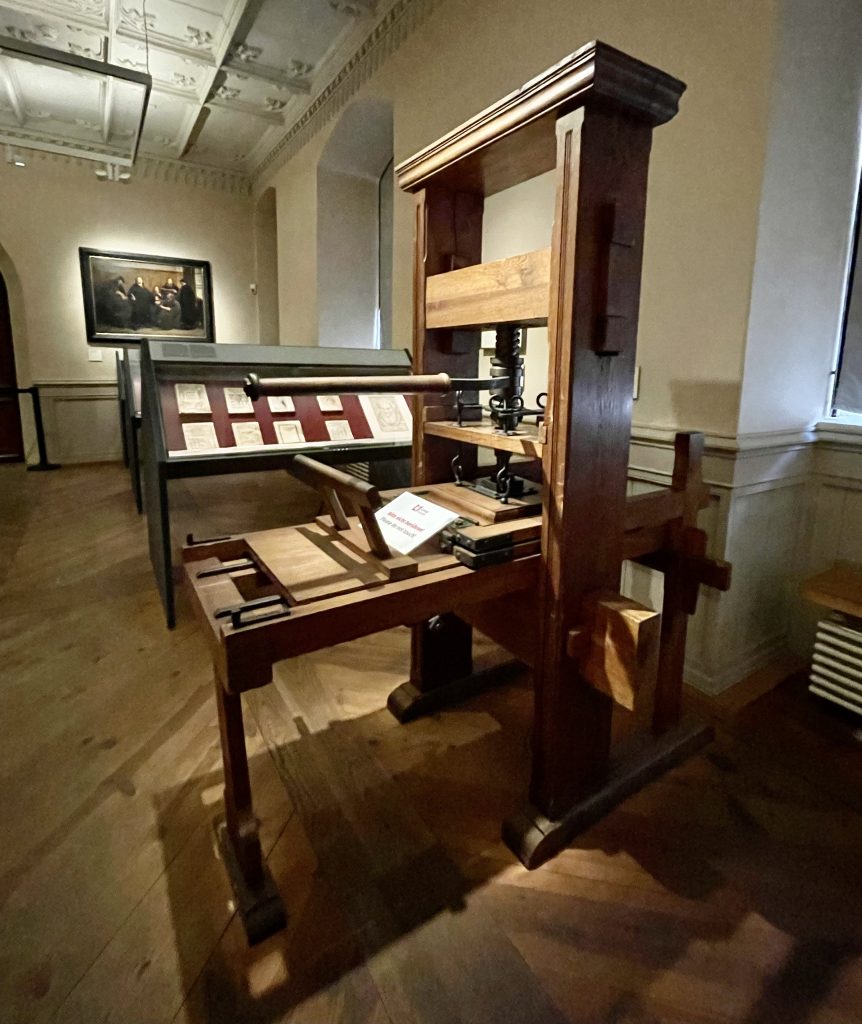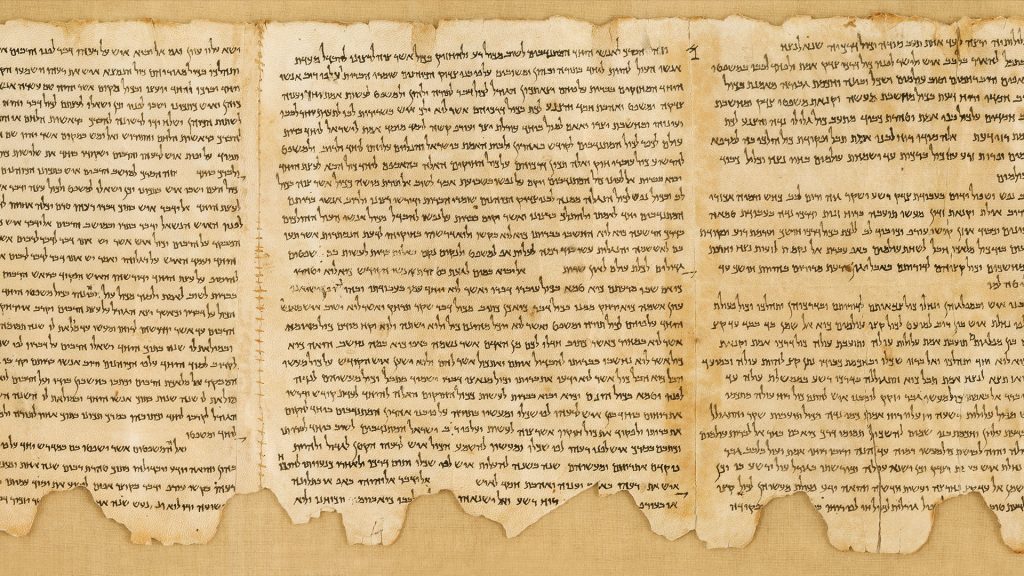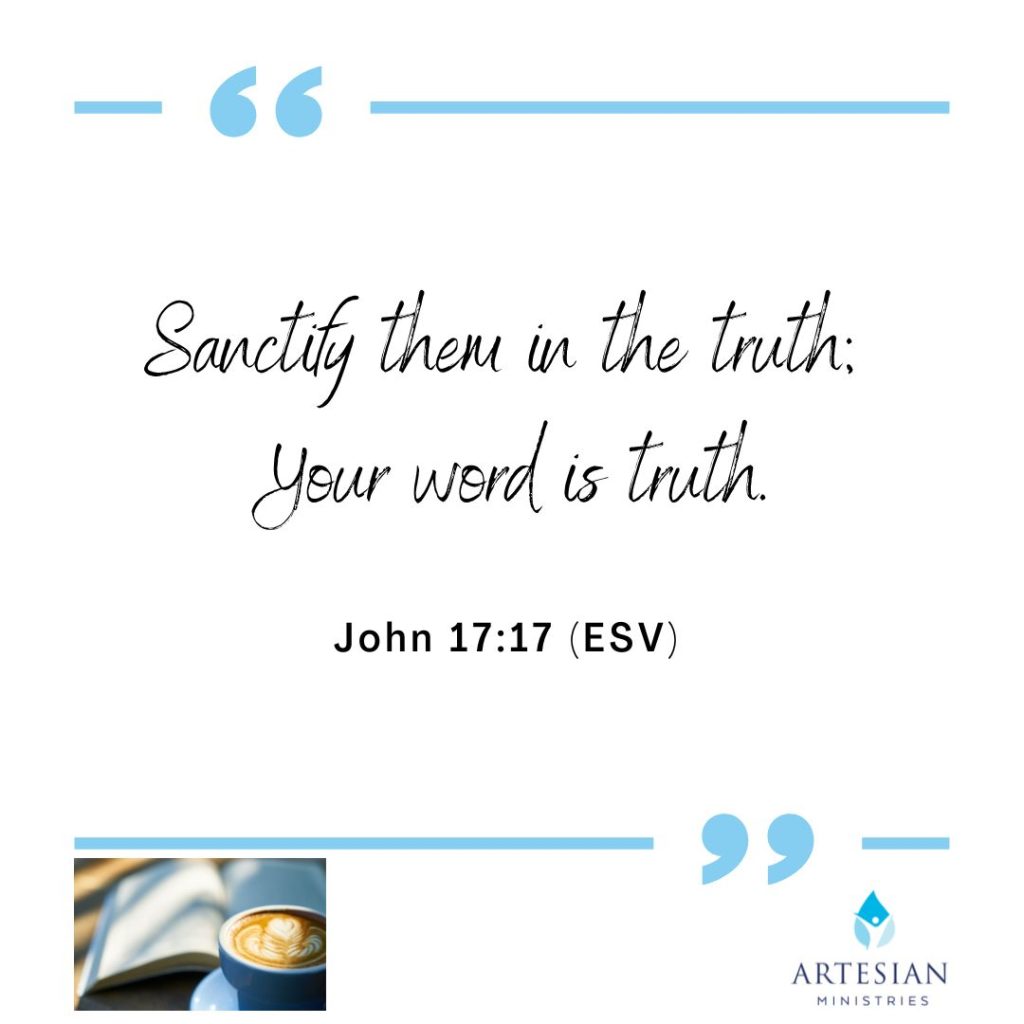My brand new Bible study through Concordia Publishing House releases TODAY: Meant For Good: A Study of Joseph. LET THE PRAISES RING!

Similar to the depth of my Esther study, this Bible study goes deep into the life of Joseph in the Book of Genesis. Joseph’s biography occupies more space in Genesis than those of Adam, Noah, Abraham, or even his own father, Jacob. Although that should be reason enough to study Joseph’s incredible journey, he experiences family conflict and unfair treatment that many of us can relate to today.
The Story
The story begins with Joseph in the land of Canaan as a seventeen-year-old dreamer—literally. As one of two sons born to Jacob’s favorite wife Rachel, favoritism plays a significant role in the story of Joseph. After all, Jacob had been his mother’s favorite.
In Jacob’s eyes, his son Joseph was the favorite even though he was not the oldest son. Joseph had ten older brothers and one younger brother. Sadly, Joseph’s mother Rachel died giving birth to Benjamin, the youngest son.
God gave Joseph the extraordinary gift of interpreting dreams. However, Joseph had not yet mastered the art of tact, timing, or knowing his audience. When he tells his brothers that one day they will bow to him, it becomes clear that even though Joseph’s gift was intact, he was not able to read a room.
One day, Jacob sends Joseph to check on his brothers who are tending their flocks far away. But Joseph never makes it back home.

The 20-Year Saga
The brothers accost Joseph, strip him of his many-colored coat, and throw him into a waterless pit. They ignore his cries, decide to leave him in the pit to die, and sit down to enjoy lunch together. Then Judah offers up a Plan B to make some extra cash instead.
Then Jacob’s sons (all except Benjamin) agree to pull Joseph out of the pit and sell him to Midianite traders for twenty pieces of silver. They return to their father Jacob and promptly lie about what happened.
Pause a moment. Can you imagine what Joseph is feeling? He is rescued from the pit (yay!) only to be sold for money (what?) by his very own flesh and blood.
The Midianites take Joseph to the land of Egypt. Then Joseph is sold to Potiphar, who holds a significant position in Pharaoh’s Egyptian court, to work as a slave.
As Joseph works diligently in Potiphar’s home, Potiphar’s wife takes notice of Joseph and tries to entice Joseph into sleeping with her. He flees from temptation and her repeated offers, only to be falsely accused and thrown into prison.
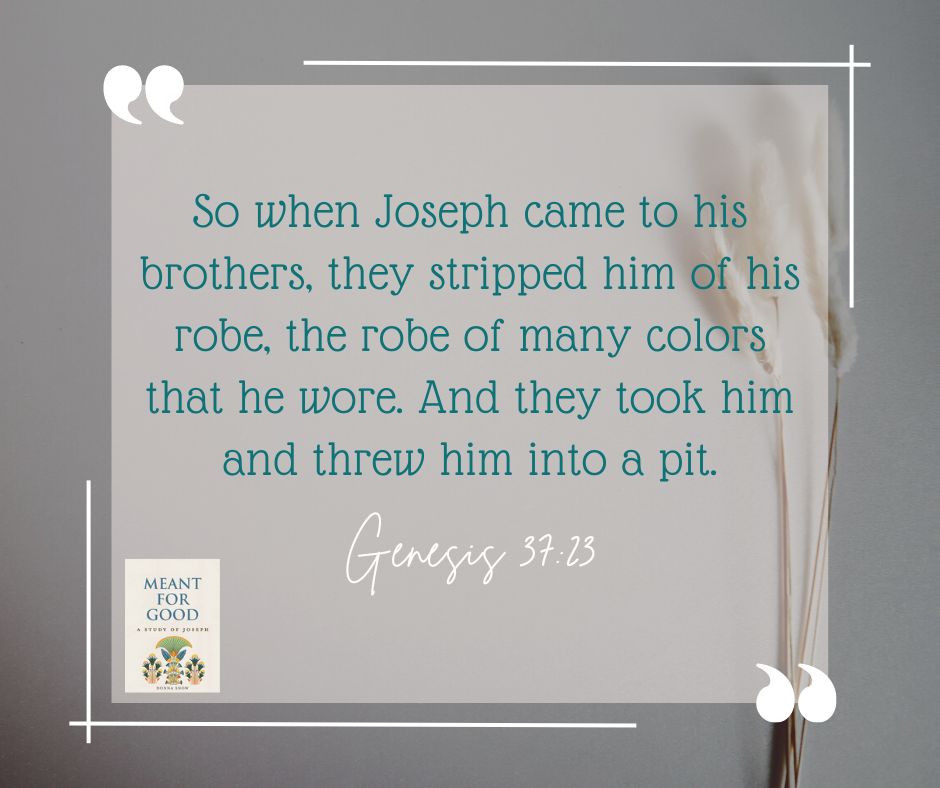
Spiritual Bootcamp
And so begins Joseph’s spiritual boot camp which lasted more than twenty years. The amazing truth about God’s spiritual boot camps (basically, our whole life) is that He never leaves us. Ever. God’s faithfulness to us never wavers.
During those twenty years, Joseph oversees Potiphar’s home, eventually oversees the prison into which he was thrown, and interprets four additional dreams along the way. The whole time, the God of Abraham is working in Joseph’s life. Molding. Shaping. Preparing.
Even though Joseph’s brothers stripped him of his coat, they could not strip him of his godly character.
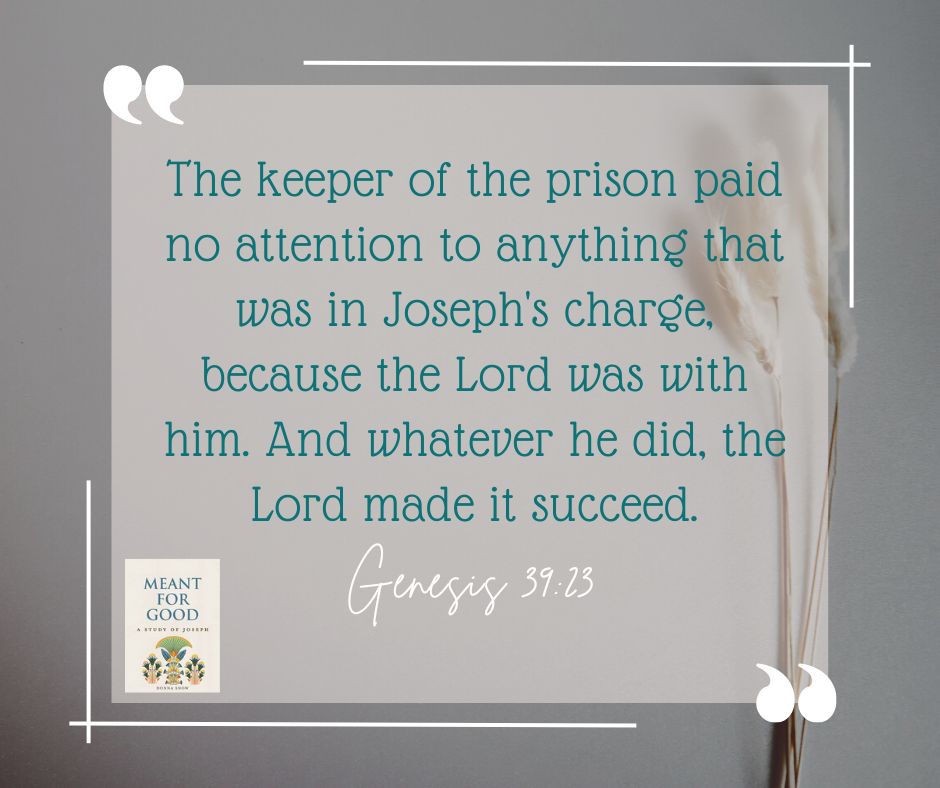
Egypt’s Second in Command
After interpreting Pharaoh’s two confusing dreams, Pharaoh elevates Joseph to the position of second in command over Egypt. In addition, God populated the house of Joseph with a wife and children. A new family. Even though Joseph was far from home, God blessed him in what Joseph referred to as “the land of my affliction.”
Eventually, all of Egypt understood that Joseph’s elevation to prominence was a good thing. Joseph’s diligence and excellent administrative skills successfully navigate Egypt through seven years of famine. His industrious, tireless work ended up providing a multitude of nations with food during the devastating famine.
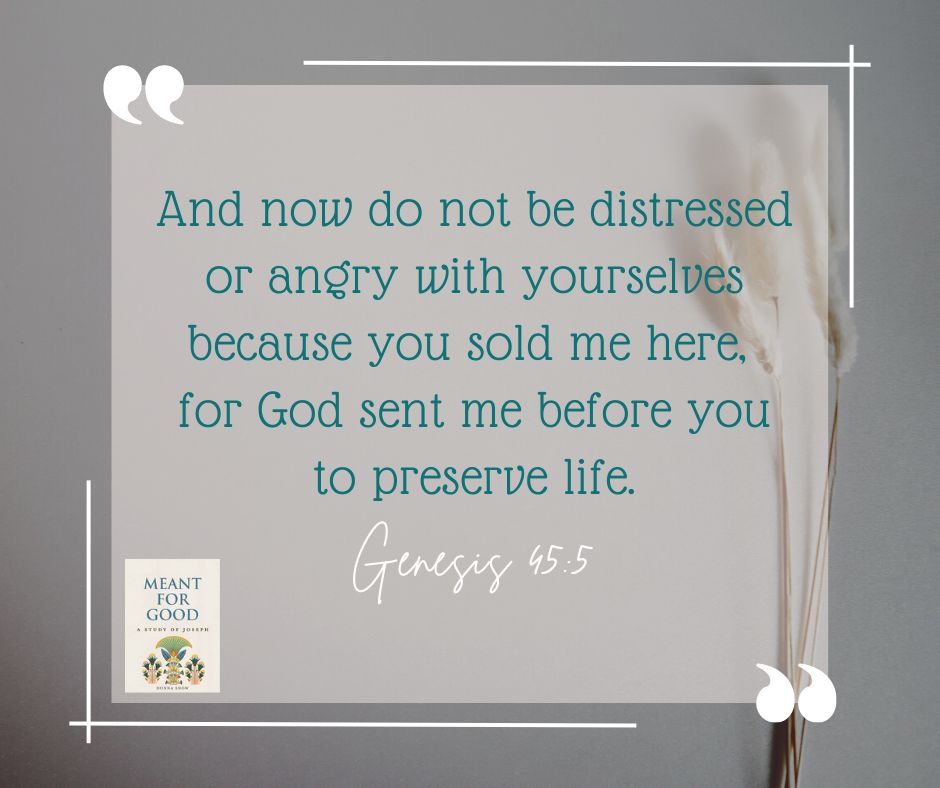
Forgiveness
Joseph could have easily leveraged his powerful position to retaliate against his older brothers. He could have blamed them for stealing the life he had planned. He could have allowed hate and bitterness to take root in his heart. Instead, Joseph forgave wholeheartedly and embraced reconciliation.
We behold the Gospel story woven like a scarlet thread throughout Joseph’s narrative. The struggles that Joseph endured remind us how vital it is to let God’s love and forgiveness lead us.
Joseph’s story is not a rags-to-riches phenomenon. It is a picture of relentless, God-honoring faith. If you struggle with forgiveness, I wrote an entire Bible study on it here.
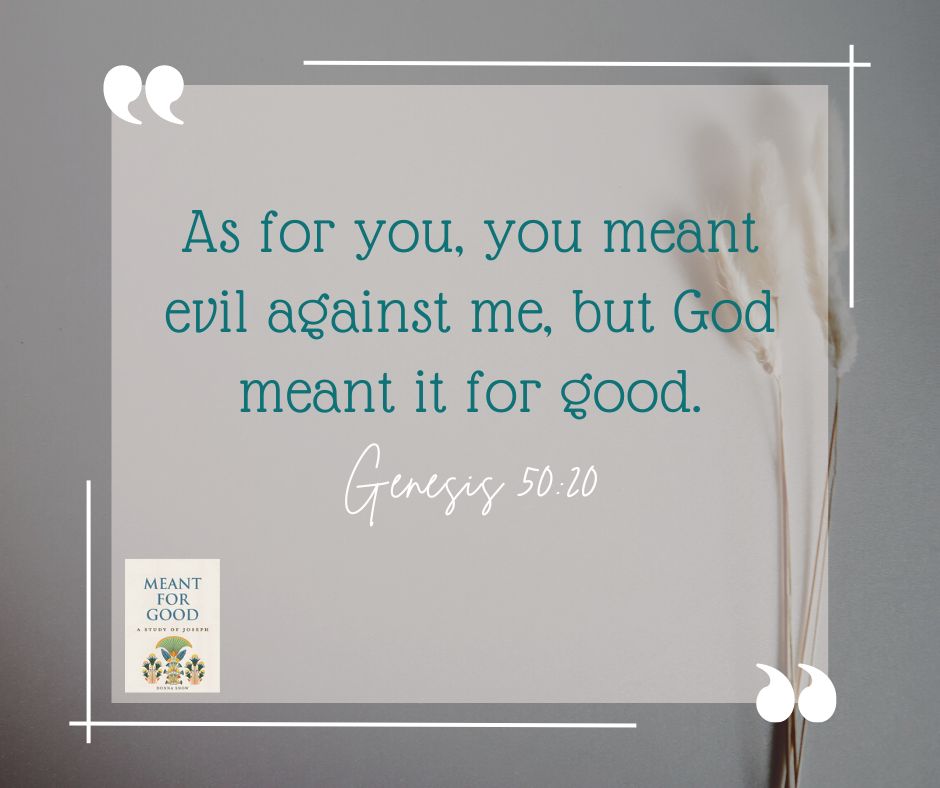
For All the History Buffs
If you are a history buff like me, you will devour the historical smorgasbord in Bible study. My previous study on Esther unearthed the nuances and culture of the Persian empire. With Joseph, we dive headlong into ancient Egypt. (Cue the singing of “Walk Like an Egyptian.”)
The study narrows down which pharaoh Joseph would have served under, which then provides the kind of work and tasks Joseph would have performed as vizier (prime minister). Fascinating!

Ancient Egypt
Originally starting out as several independent cities along the Nile River, Egypt was formed from an Upper Egypt and Lower Egypt, which unified around 3100 BC. Egypt was one the largest kingdoms of the ancient world and led the charge regarding cultural and economic influence until it was conquered in 332 B.C. by the Macedonians.
Joseph’s story takes place during the historical time of unified Egypt, which was considered to be one of Egypt’s greatest eras.
Egypt’s Pharaohs
We also study the historical timeline and Egyptian lineage particular to Joseph’s story. We peek into the fascinating world of Egyptian pharaohs. This study pinpoints the precise pharaoh that Joseph would have served under according to historical fact.
This allows us the rare opportunity to discover what that pharaoh focused on and his geopolitical agenda. Consequently, we can ascertain some of the historical responsibilities that Joseph would have been responsible for under that pharaoh’s reign.

Joseph’s Lineage
As one of the sons of Jacob, Joseph’s brothers and Joseph’s sons eventually comprise the twelve tribes of Israel. Joseph did not have his own tribe. There is no tribe of Joseph. However, the sons of Joseph – Ephraim and Manasseh – form the twelfth tribe together as a double portion of God’s blessing to Joseph.
Joseph’s Christ-Like Qualities
In Joseph, we see Christ-like qualities almost unparalleled in the Old Testament (in my opinion). Regardless of his circumstances, Joseph never wavered from following the Lord. He was a diligent worker, faithful witness, and capable administrator.
Joseph’s example issues a challenge even today: Will we choose to become victims of our circumstances and give up or will we trust God to bring beauty from ashes and excel?
Even though God would use Joseph mightily, the learning process was long. That same truth applies to us. It may be a long time before God deems us ready for the tasks He has planned for us. I could not have written in-depth Bible studies twenty years ago. God’s instruction over time has produced a much better vintage.

Purpose for Our Pain
Joseph could have given in to bitterness. Easily. Who would blame him? Yet he responded to broken dreams and difficult circumstances with a strong faith that propelled him from the pit of slavery to the pinnacle of power.
God Almighty diligently prepared Joseph to help Egypt’s great nation survive utter destruction. But that preparation did not come in a safe classroom. Joseph learned and honed his extraordinary administrative gifts in two places he never thought he would be—in slavery and in prison.
We may not be able to see how God is preparing us during our difficult times, but rest assured there is a holy purpose for our pain.
The Bottom Line
Even though Joseph experienced extraordinary hurt and adversity, God’s promise to be with him remained faithful. Joseph endured jealousy and sibling rivalry in his father’s household. He survived mistreatment and a murderous plot by his older brothers. He was thrown into prison for resisting temptation. He could have easily allowed his woes to become his focus.
Instead, Joseph looked up and trusted God. And because of the great faith that God instilled in Joseph, a multitude of people would owe Joseph their lives—literally.
Can you relate to waterless pits and unfairness in your life? This new Bible study is uniquely relevant to our current times.
God uses Joseph’s journey to provide invaluable insights regarding how to live wise, bold journeys of faith—fully trusting Him every single day. May God grant you and me such tenacious faith in Christ Jesus our Lord.
You can order “Meant for Good” right here.


